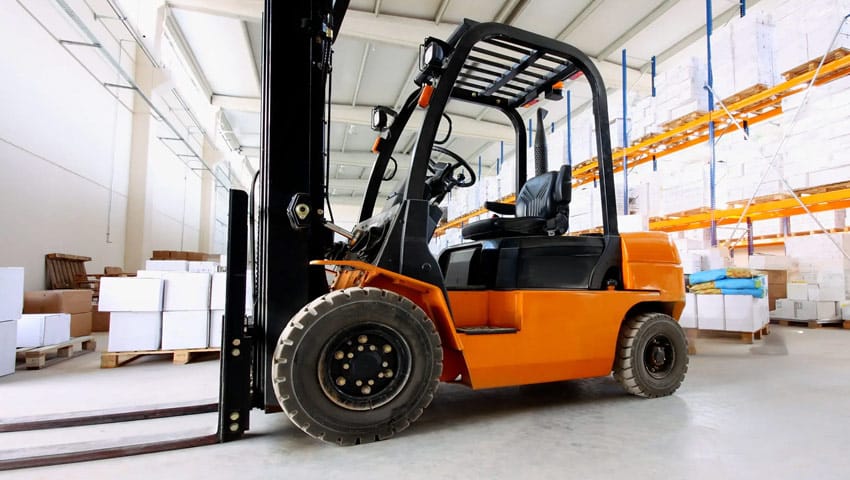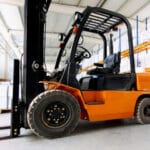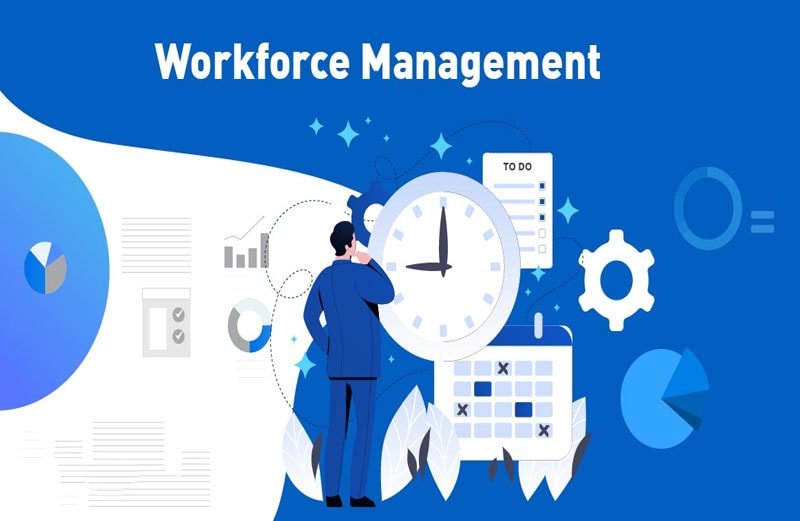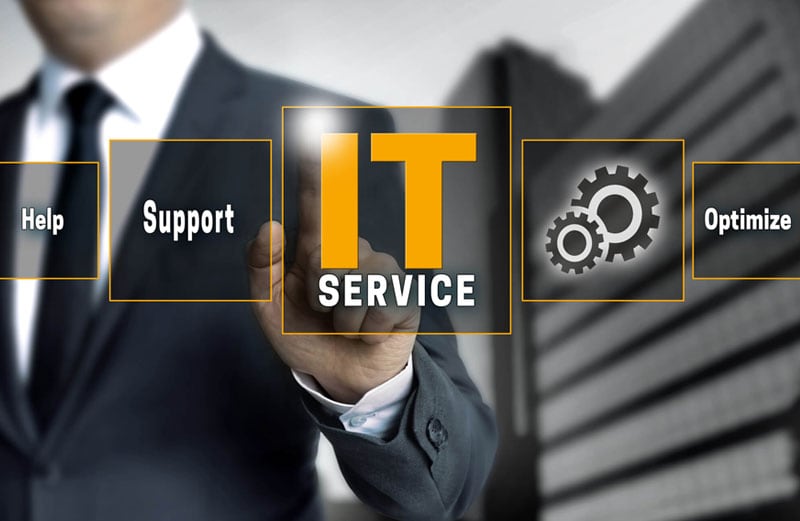Forklifts are indispensable tools in many industries, from warehousing and manufacturing to construction and retail. However, operating these powerful machines comes with inherent risks. To ensure a safe and efficient workplace, it’s crucial for forklift operators and their employers to prioritize safety. Here are five essential forklift safety practices that every operator should follow:
- Proper Training and Certification
Before operating a forklift, all operators must receive proper training and certification. This training should cover topics such as forklift controls, load capacities, safety features, and maneuvering techniques. Employers are responsible for providing this training and ensuring that only certified operators use forklifts.
- Pre-Shift Inspections
Operators should conduct thorough pre-shift inspections of their forklifts to identify any potential issues or malfunctions. This includes checking the brakes, steering, tires, lights, horn, and safety devices. Any problems should be reported and addressed before using the forklift.
- Safe Operating Procedures
When operating a forklift, always follow safe practices such as:
- Wearing a seatbelt
- Traveling at a safe speed
- Keeping loads low and tilted back
- Avoiding sudden stops or turns
- Maintaining a safe distance from edges and drop-offs
- Never allowing passengers to ride on the forklift
- Using the horn when approaching intersections or blind spots
- Load Handling and Stacking
Properly handling and stacking loads is critical for forklift safety. Operators should:
- Ensure loads are stable and secure before lifting
- Not exceed the forklift’s rated load capacity
- Center the load evenly on the forks
- Tilt the mast back before lifting or lowering a load
- Stack loads straight and avoid overhanging edges
- Use extreme caution when handling asymmetrical or oversized loads
- Maintenance and Upkeep
Regular maintenance is essential for keeping forklifts in safe operating condition. Employers should implement a preventive maintenance schedule that includes regular inspections, servicing, repairs by qualified technicians, and timely replacement of worn parts such as tires, brakes, and hydraulic components. When replacing parts, consider both OEM and aftermarket options. Aftermarket forklift parts can be a cost-effective solution, but it’s crucial to choose high-quality parts from reputable suppliers to ensure safety and reliability. Worn or damaged parts can compromise the safe operation of the forklift and should be addressed promptly.
By following these five essential safety practices, forklift operators and their employers can significantly reduce the risk of accidents, injuries, and property damage in the workplace. Remember, safety is everyone’s responsibility – so make it a top priority every time you get behind the wheel of a forklift.












